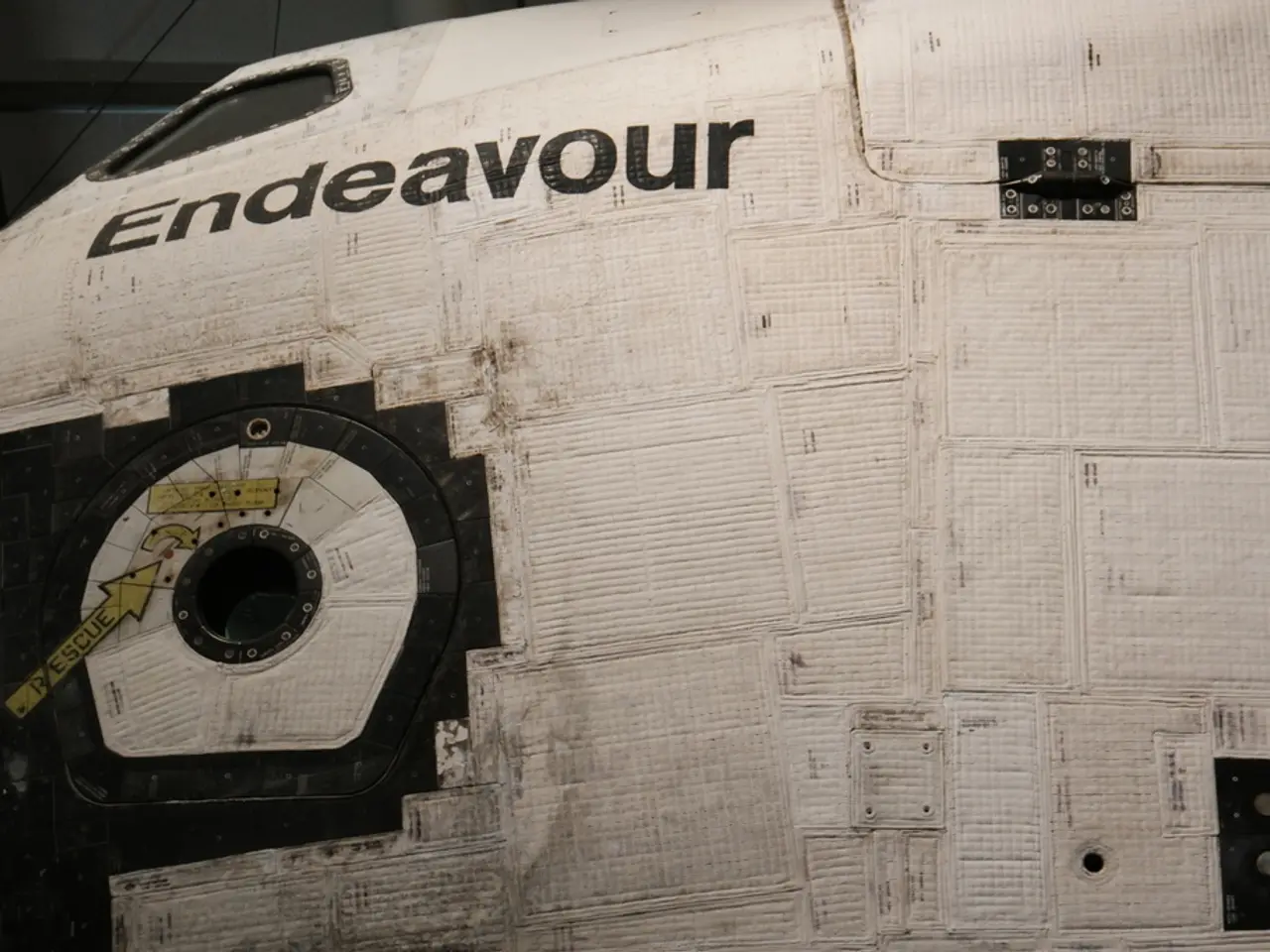Spacecraft from European venture goes missing post-reentry descent
The SpaceX Europe capsule, known as the "Mission Possible" capsule operated by the German startup The Exploration Company (TEC), has suffered a tragic end after a memorial spaceflight mission. The Nyx spacecraft was carrying the ashes of 166 people, intended to bring them back to their families following an orbital journey.
The capsule completed two orbits around Earth before re-entering the atmosphere at an altitude of about 550 km, doing so successfully and in a controlled manner. However, during the typical conditions of atmospheric re-entry, communications were lost temporarily due to a thermal blackout caused by friction heating and a plasma sheath around the capsule. Communication was re-established after the peak thermal phase, but then contact was lost again at about 26 km altitude, just before the transonic phase where parachutes were supposed to deploy.
Investigation has revealed that the parachute system failed to deploy, causing the capsule to fall uncontrolled and crash into the Pacific Ocean, dispersing its contents and resulting in the loss of the ashes. TEC has described the incident as a partial success: all systems worked nominally until the final descent, but the parachute failure led to the communication loss and crash.
TEC has formed an independent investigation team to analyze the exact cause of the parachute failure and the communication loss during the crucial descent phase. The startup has expressed apologies to clients and stakeholders who entrusted them with their payloads, acknowledging the mission as a partial failure despite many systems performing correctly.
Despite this setback, TEC is continuing to develop the Nyx family of reusable spacecraft, focusing on upcoming missions and improvements based on the lessons learned from Mission Possible. The company is determined to advance its next-generation reusable spacecraft programs and share detailed findings with clients and stakeholders as the investigation progresses.
The mission also hosted cremated remains and DNA samples from customers around the globe. The root cause of the communication loss is still under investigation, and TEC did not immediately reply to a request for comment regarding the status of Mission Possible. The mission's success is described as a "partial success" and a "partial failure" by TEC. The capsule was launched successfully, powered the payloads nominally in orbit, stabilised itself after separation with the launcher, and re-established communication after blackout during its reentry.
It is not yet clear whether the spacecraft was damaged or lost entirely during Mission Possible. The capsule encountered an issue afterwards, and communication was lost a few minutes before splash down. Mission Possible, launched by TEC, was the second test flight for the company. The company's first mission, Mission Bikini, was a smaller-scale reentry demonstrator launched in July 2024, but a malfunction in the rocket's upper stage during Mission Bikini prevented the capsule from executing its planned reentry maneuver, leaving it stranded in orbit.
The Exploration Company, which built the spacecraft, did not immediately reply to a request for comment regarding the status of Mission Possible. The European space capsule lost communication shortly after reentering Earth's atmosphere, marking a sombre end to a mission that aimed to bring loved ones closer to the stars.
The partial success of the Mission Possible capsule, despite involving science, space-and-astronomy, and technology, came to a tragic end when communication was lost during its crucial descent phase, leading to an uncontrolled re-entry and crash into the Pacific Ocean. The investigation into the failure, especially focusing on the parachute system and the communication loss, is ongoing.




